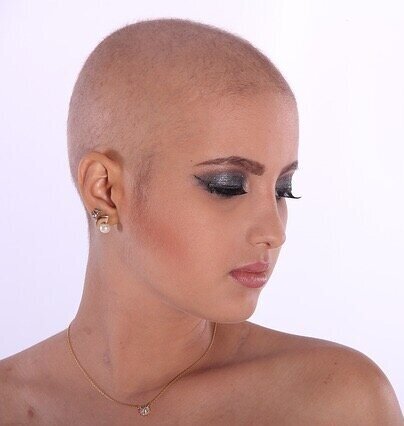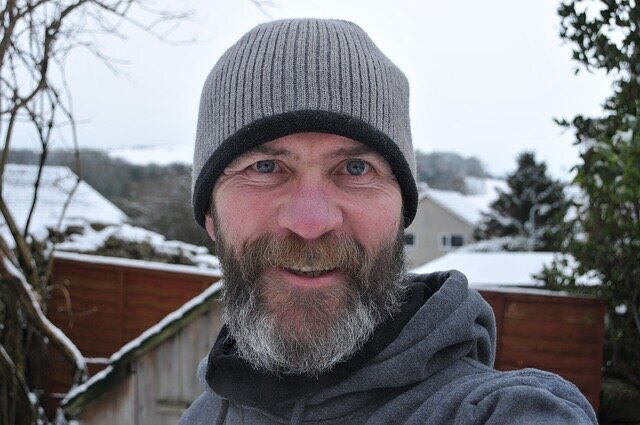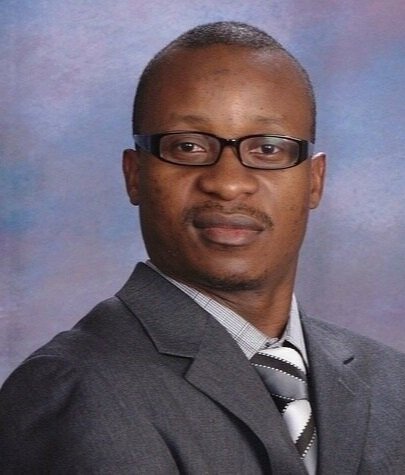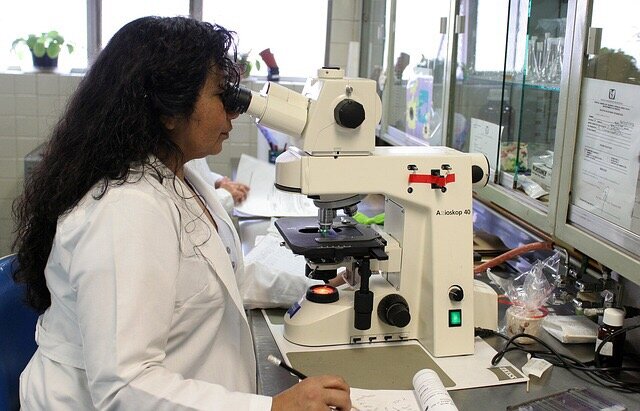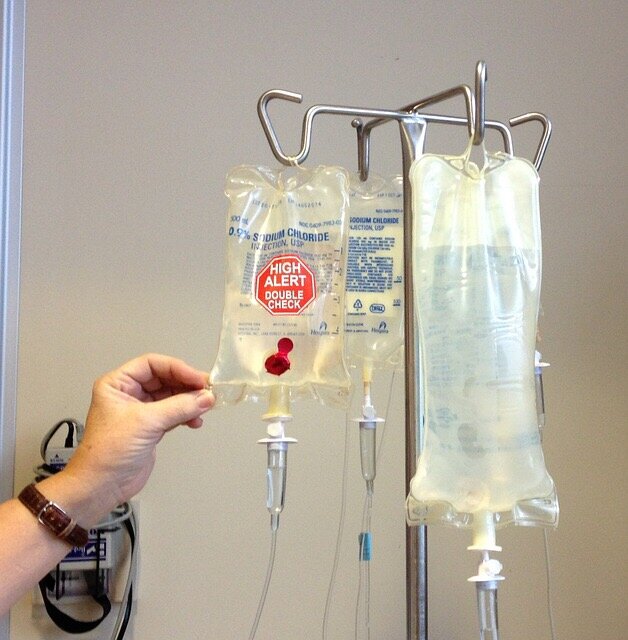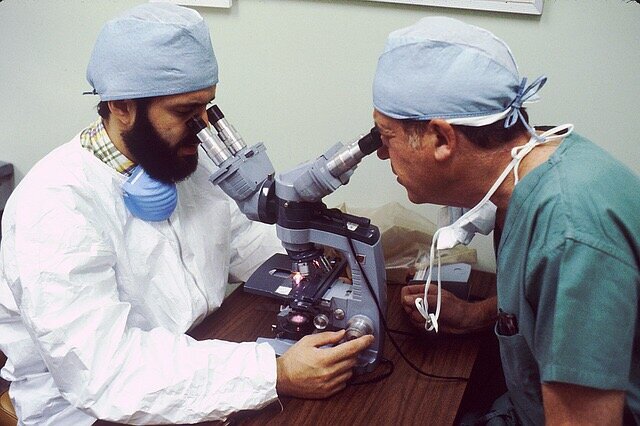Eleven years ago, the statistic “1 in 8 women in the United States will develop breast cancer during her lifetime” was ringing in my ears because I had just been diagnosed with HER2+ invasive breast cancer. After successful treatment, I have been cancer free since 2009.
We have made great strides in detection and treatment in the past eleven years, but some statistics are not changing.
The most significant risk factors for breast cancer are still gender (being a woman) and age (growing older).
In 2019, 1 in 8 women (about 12%) in the United States will develop invasive breast cancer during her lifetime. In the U.S., an estimated 268,600 new cases of invasive breast cancer are expected to be diagnosed in women and 62,930 new cases of non-invasive (in situ) breast cancer. In 2019, it's estimated that about 30% of newly diagnosed cancers in women will be breast cancers.
Death rates have been decreasing since 1989, but 41,760 women in the U.S. are expected to die from breast cancer this year. Women under 50 are experiencing better survival rates because of advances in the treatment of breast cancer, earlier detection through screening, and increased awareness of breast cancer and breast cancer symptoms.
Lifetime risks of developing breast cancer for U.S. men are expected to be about 1 in 833 which will account for 2,670 new cases of invasive breast cancer in men being diagnosed in 2019. In 2008 and as late as 2013, the lifetime risk for a man in the U.S. to develop breast cancer was about 1 in 1,000. I’m not sure if the change in risk is a reflection of a change in the male population (breast cancer risk increases with age for men and women), an actual increase in risk caused by changing lifestyles, or a change in evaluating risk factors. Whatever the case, we need to be aware and encourage men and women to monitor their risks and not dismiss any changes, tenderness or pain in their breast area.
African American women are at greater risk of developing breast cancer before the age of 45 than white women and African-American women are more likely to die of breast cancer. For Native-American, Hispanic and Asian women, the risk of developing and dying from breast cancer is lower.
This year over 3.1 million women in the U.S. are being treated for breast cancer or have a history of breast cancer.
Eighty-five percent of all women with breast cancer do not have a family history of breast cancer.
Though fewer than 15% of breast cancers in women can be linked to a family member with breast cancer, a woman’s risk of breast cancer nearly doubles if she has a first-degree relative (mother, sister, or daughter) who has been diagnosed with breast cancer.
Gene mutations inherited from a parent account for about 5-10% of breast cancers with mutations in the BRCA1 and BRCA2 genes being the most common. Women with a BRCA1 mutation have on average up to a 72% lifetime risk of developing breast cancer while women with a BRCA2 mutation have a 69% risk. Breast cancer positive for the BRCA1 or BRCA2 mutations develops more often in younger women and BRCA1 and BRCA2 mutations are also associated with an increased risk of developing ovarian cancer.
What was true 11 years ago is still true today.
Know your risk factors, perform self exams, have a breast exam during your yearly physical and if you are 40 or over have a yearly mammogram (begin at 35 if you have a family history of breast cancer).
Breast Cancer Risk Factors for Women:
Having breasts (breast cancers have been diagnosed in men and women between the ages of 5 and 90+)
Aging – risks increase as we age (most breast cancers are diagnosed after age 50)
Sedentary lifestyles – get moving and stay active
Alcohol usage – less is better
BRCA1 or BRCA2 Genetic mutations
Reproductive history - Early menstruation (before age 12) and starting menopause after age 55 expose women to hormones longer, raising their risk of getting breast cancer.
Having dense breasts
Personal history of breast cancer or certain non-cancerous breast diseases
Family history of breast cancer
Previous treatment using radiation therapy - Women who had radiation therapy to the chest or breasts (like for treatment of Hodgkin’s lymphoma) before age 30 have a higher risk of getting breast cancer later in life.
Being overweight or obese after menopause
Taking hormones (hormone replacement therapy and/or certain oral contraceptives)
Reproductive history (First pregnancy after age 30, not breastfeeding, and never having a full-term pregnancy can increase breast cancer risk)
Breast Cancer Risk Factors for Men:
Having breasts (breast cancers have been diagnosed in men and women between the ages of 5 and 90+)
Aging (Male breast cancer is most often diagnosed in men in their 60s)
BRCA2 gene mutation (about 6.8% lifetime risk - while breast cancer from BRCA1 in men is less frequent)
Family history of breast cancer (If you have a close family member with breast cancer, you have a greater chance of developing the disease)
Heavy alcohol consumption
Chronic liver disorder (conditions, such as cirrhosis of the liver, can reduce male hormones and increase female hormones)
Obesity
Exposure to estrogen (taking estrogen-related drugs, such as those used for hormone therapy for prostate cancer)
Klinefelter's syndrome - This is a genetic syndrome occurring in boys born with more than one copy of the X chromosome. It causes abnormal development of the testicles and men with this syndrome produce lower levels of certain male hormones (androgens) and more female hormones (estrogens).
Testicle disease or surgery - Having inflamed testicles (orchitis) or surgery to remove a testicle (orchiectomy) can increase your risk of male breast cancer.
Information taken from:
https://www.breastcancer.org/symptoms/understand_bc/statistics
https://www.cdc.gov/cancer/breast/basic_info/risk_factors.htm
https://www.mayoclinic.org/diseases-conditions/male-breast-cancer/symptoms-causes/syc-20374740








